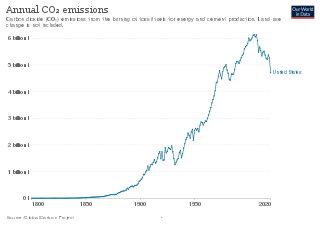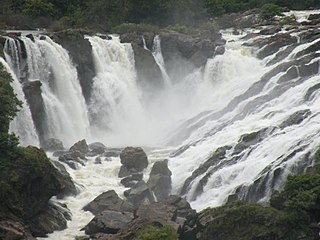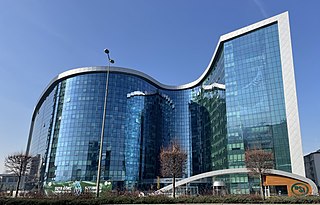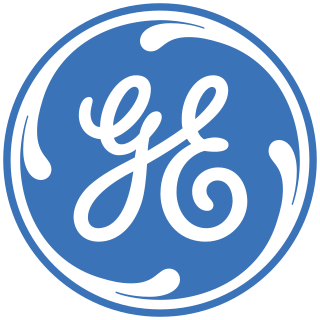
Small hydro is the development of hydroelectric power on a scale suitable for local community and industry, or to contribute to distributed generation in a regional electricity grid. Exact definitions vary, but a "small hydro" project is less than 50 megawatts (MW), and can be further subdivide by scale into "mini" (<1MW), "micro" (<100 kW), "pico" (<10 kW). In contrast many hydroelectric projects are of enormous size, such as the generating plant at the Three Gorges Dam at 22,500 megawatts or the vast multiple projects of the Tennessee Valley Authority.

Pumped-storage hydroelectricity (PSH), or pumped hydroelectric energy storage (PHES), is a type of hydroelectric energy storage used by electric power systems for load balancing. The method stores energy in the form of gravitational potential energy of water, pumped from a lower elevation reservoir to a higher elevation. Low-cost surplus off-peak electric power is typically used to run the pumps. During periods of high electrical demand, the stored water is released through turbines to produce electric power. Although the losses of the pumping process make the plant a net consumer of energy overall, the system increases revenue by selling more electricity during periods of peak demand, when electricity prices are highest. If the upper lake collects significant rainfall or is fed by a river then the plant may be a net energy producer in the manner of a traditional hydroelectric plant.

Hydroelectricity, or hydroelectric power, is electricity generated from hydropower. Hydropower supplies one sixth of the world's electricity, almost 4500 TWh in 2020, which is more than all other renewable sources combined and also more than nuclear power. Hydropower can provide large amounts of low-carbon electricity on demand, making it a key element for creating secure and clean electricity supply systems. A hydroelectric power station that has a dam and reservoir is a flexible source, since the amount of electricity produced can be increased or decreased in seconds or minutes in response to varying electricity demand. Once a hydroelectric complex is constructed, it produces no direct waste, and almost always emits considerably less greenhouse gas than fossil fuel-powered energy plants. However, when constructed in lowland rainforest areas, where part of the forest is inundated, substantial amounts of greenhouse gases may be emitted.

The electricity sector in Norway relies predominantly on hydroelectricity. A significant share of the total electrical production is consumed by national industry.

Hydro-Québec is a public utility that manages the generation, transmission and distribution of electricity in the Canadian province of Quebec, as well as the export of power to portions of the Northeast United States.

The electricity sector in Canada has played a significant role in the economic and political life of the country since the late 19th century. The sector is organized along provincial and territorial lines. In a majority of provinces, large government-owned integrated public utilities play a leading role in the generation, transmission, and distribution of electricity. Ontario and Alberta have created electricity markets in the last decade in order to increase investment and competition in this sector of the economy.

Energy in the United States came mostly from fossil fuels in 2021 as 36% of the nation's energy originated from petroleum, 32% from natural gas, and 11% from coal. Nuclear power supplied 8% and renewable energy supplied 12%, which includes hydroelectric dams, biomass, wind, geothermal, and solar.

Hydroelectric power in New Zealand has been a part of the country's energy system for over 100 years and continues to provide more than half of the country's electricity needs. Hydroelectricity is the primary source of renewable energy in New Zealand. Power is generated the most in the South Island and is used most in the North Island.
Energy in Burundi is a growing industry with tremendous potential.

India is 5th globally for installed hydroelectric power capacity. As of 31 March 2020, India's installed utility-scale hydroelectric capacity was 46,000 MW, or 12.3% of its total utility power generation capacity. Additional smaller hydroelectric power units with a total capacity of 4,683 MW have been installed. India's hydroelectric power potential is estimated at 148,700 MW at 60% load factor. In the fiscal year 2019–20, the total hydroelectric power generated in India was 156 TWh with an average capacity factor of 38.71%.
The Rusumo Hydroelectric Power Station, also known as the Rusumo Power Station, is a hydropower plant under construction, with initial planned capacity installation of 80 megawatts (110,000 hp) when completed. The project will involve the construction of a dam, with run of river design. A more expensive 90 megawatts (120,000 hp) reservoir design was considered before being abandoned in favor of an 80 MW project with a smaller environmental impact and an estimated cost of US$300 million compared to US$400 million for the bigger project. The World Bank announced on 6 August 2013 that it had approved loans totaling US$340 million towards the US$468.60 million needed for the project. In November 2013, the African Development Bank approved a loan of US$113 million towards completion of the project.
Under its commitment to the EU renewable energy directive of 2009, France has a target of producing 23% of its total energy needs from renewable energy by 2020. This figure breaks down to renewable energy providing 33% of energy used in the heating and cooling sector, 27% of the electricity sector and 10.5% in the transport sector. By the end of 2014, 14.3% of France's total energy requirements came from renewable energy, a rise from 9.6% in 2005.

Hydroelectricity is a major source of electricity in Turkey, due to its mountainous landscape and many rivers. The country's main river basins are those of the Euphrates and the Tigris. Over 700 hydropower plants have been built, and hydroelectricity makes up about 30% of the country's electricity generating capacity. Annual generation varies greatly, and in rainy years lots of hydroelectric power can be generated. Government policies have generally supported dam construction, but some dams are controversial in neighbouring countries, while others raise concerns about damage to the environment and wildlife of Turkey.
Ruzizi III Hydroelectric Power Station is a proposed hydropower plant with planned capacity installation of 206 MW when completed.

GE Renewable Energy is an American wind turbine manufacturer division of General Electric headquartered in Boulogne-Billancourt, Greater Paris, France focusing on production of energy from renewable sources. Its portfolio of products includes wind, hydroelectric and solar power generating solutions. It is the world’s largest wind turbine manufacturer.

By the end of 2016 Austria already fulfilled their EU Renewables Directive goal for the year 2020. By 2016 renewable energies accounted to 33.5% of the final energy consumption in all sectors. The renewable energy sector is also accountable for hosting 41,591 jobs and creating a revenue of 7,219 million euros in 2016.
Kabu 16 Hydroelectric Power Station is a 20 megawatts (27,000 hp) hydroelectric power station under construction in Burundi. It is under development by the government of Burundi, with funding from the Exim Bank of India. Construction began in March 2019.












